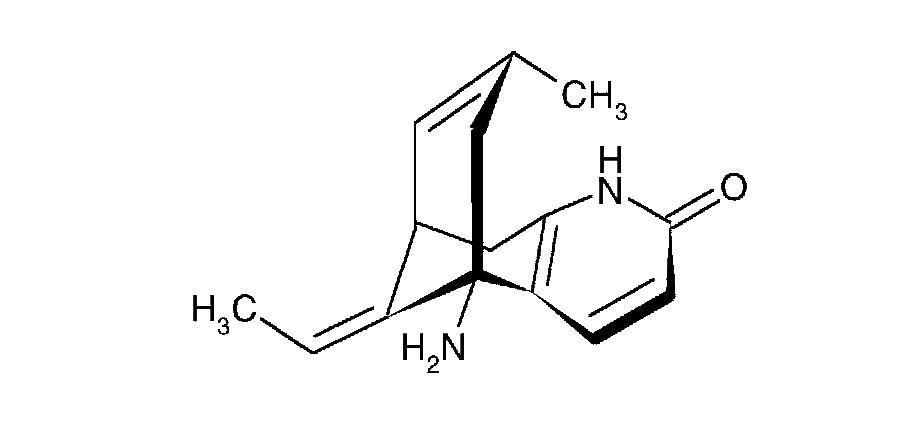Ceramides are a class of lipids (fats) that play a crucial role in the structure and function of the skin’s outermost layer, the stratum corneum. They are essential components of the skin’s barrier function, helping to maintain hydration, protect against environmental stressors, and regulate various cellular processes. Ceramides are composed of several different structures, each with distinct chemical properties. Here, I’ll provide a general overview of ceramides’ chemical structure and some of their physical properties:
Chemical Structure of Ceramides:
Ceramides consist of three main components: a sphingosine or sphingoid base, a fatty acid, and a polar head group. The specific combination of these components leads to the various types of ceramides found in the skin. The general structure of a ceramide molecule is as follows:

- Sphingosine or Sphingoid Base (R1): This is a long hydrocarbon chain containing a nitrogen atom at one end. The nature and length of this chain can vary, leading to different types of ceramides.
- Fatty Acid (R2): Attached to the sphingosine or sphingoid base, the fatty acid component provides additional hydrophobicity to the ceramide molecule.
- Polar Head Group (R3): The polar head group is usually linked to the fatty acid and contributes to the hydrophilic properties of ceramides. The identity of the head group further distinguishes different ceramide types.
Physical Properties of Ceramides:
Ceramides exhibit a range of physical properties that contribute to their important role in maintaining skin health:
- Hydrophobic and Hydrophilic Balance: The presence of both hydrophobic (fatty acid tail) and hydrophilic (polar head group) components in ceramides allows them to form a critical part of the skin’s barrier. This barrier prevents excessive water loss and protects against external irritants.
- Melting Point: The melting point of ceramides varies depending on the length and saturation of the fatty acid chains. Ceramides with longer, saturated fatty acid chains generally have higher melting points.
- Layer Arrangement: Ceramides, along with other lipids and proteins, form organized layers within the stratum corneum. This layered arrangement contributes to the barrier function of the skin.
- Lamellar Liquid Crystalline Structure: Ceramide molecules align in a specific pattern called a lamellar liquid crystalline structure. This arrangement enhances the barrier properties and stability of the skin’s outer layer.
- Permeability: Different ceramide types can influence the permeability of the skin barrier. Changes in ceramide composition can affect the barrier’s ability to allow beneficial substances in while keeping harmful agents out.
Overall, ceramides are essential components of healthy skin, maintaining its integrity, moisture balance, and protection against environmental stressors.
